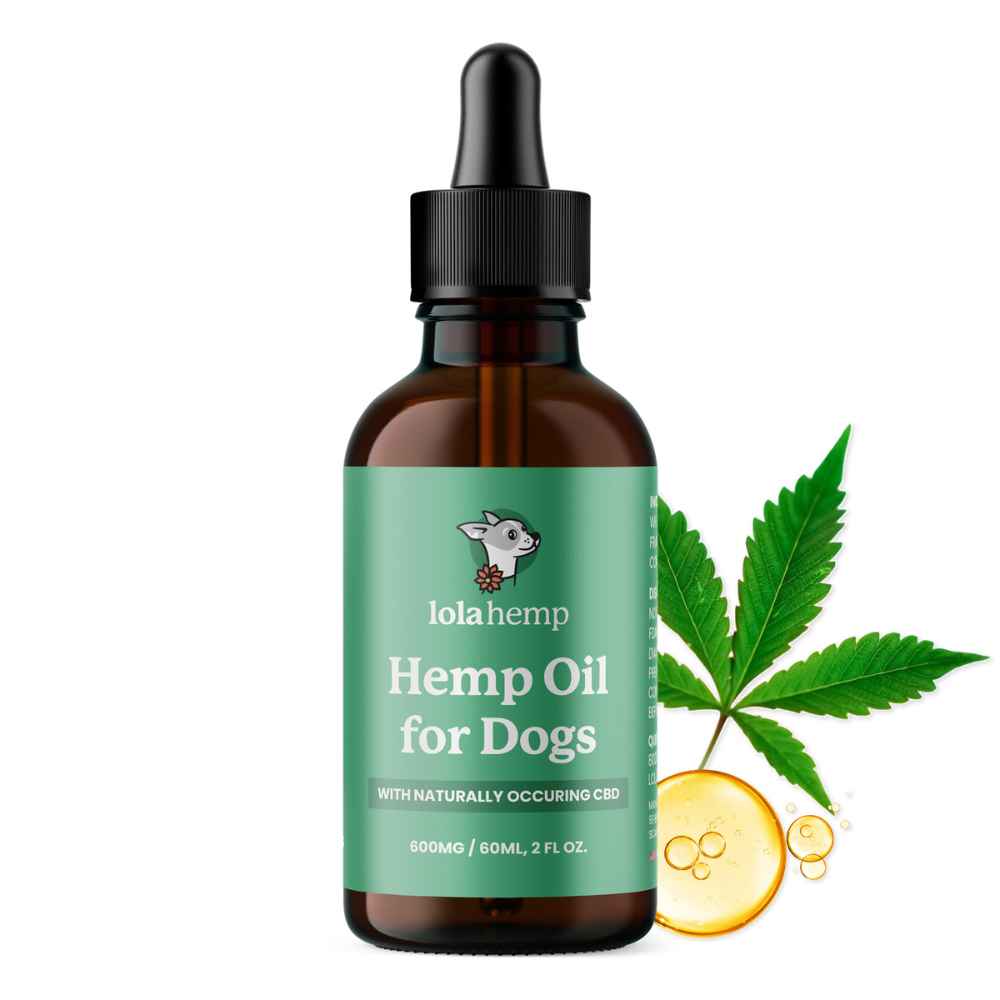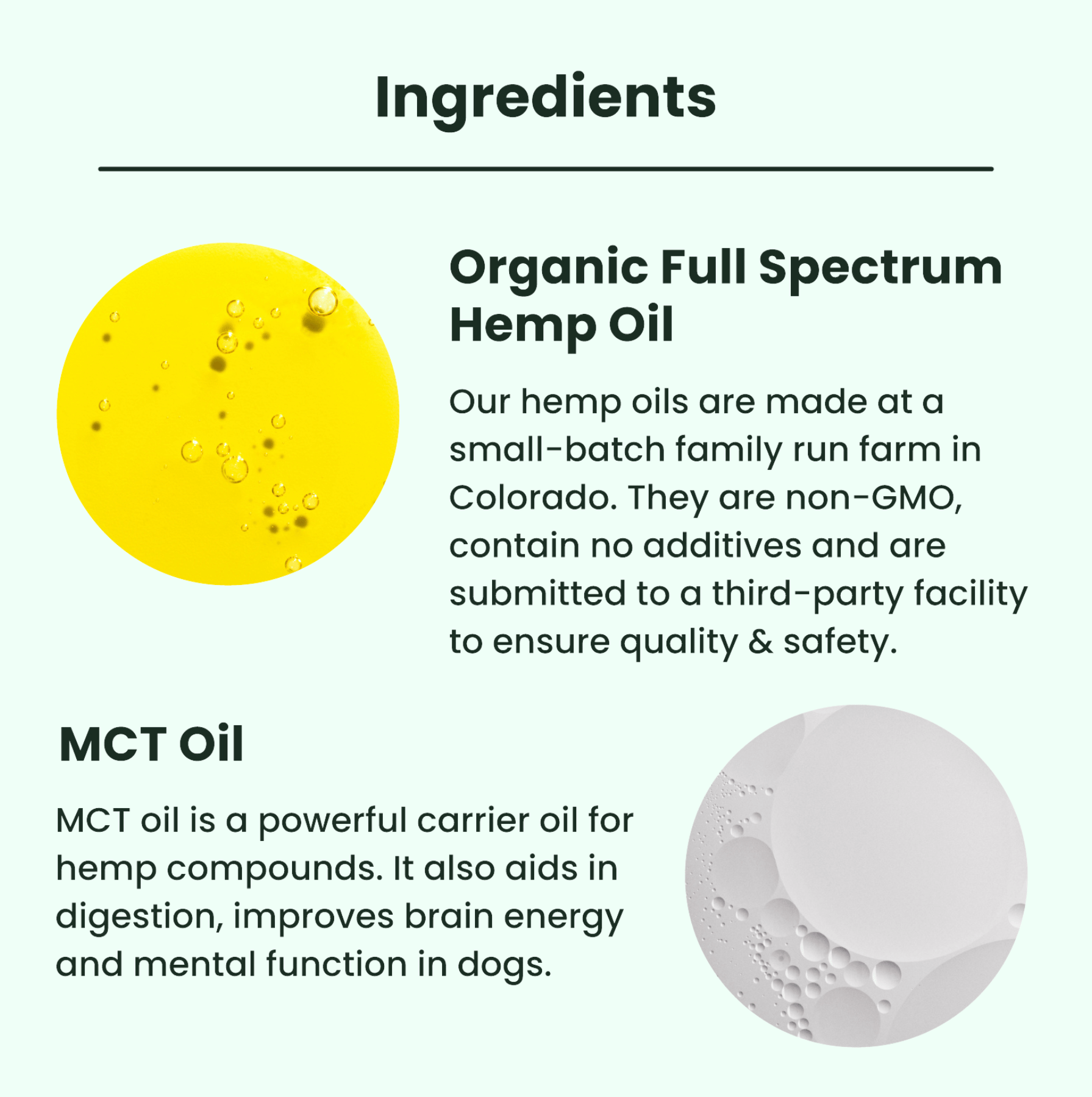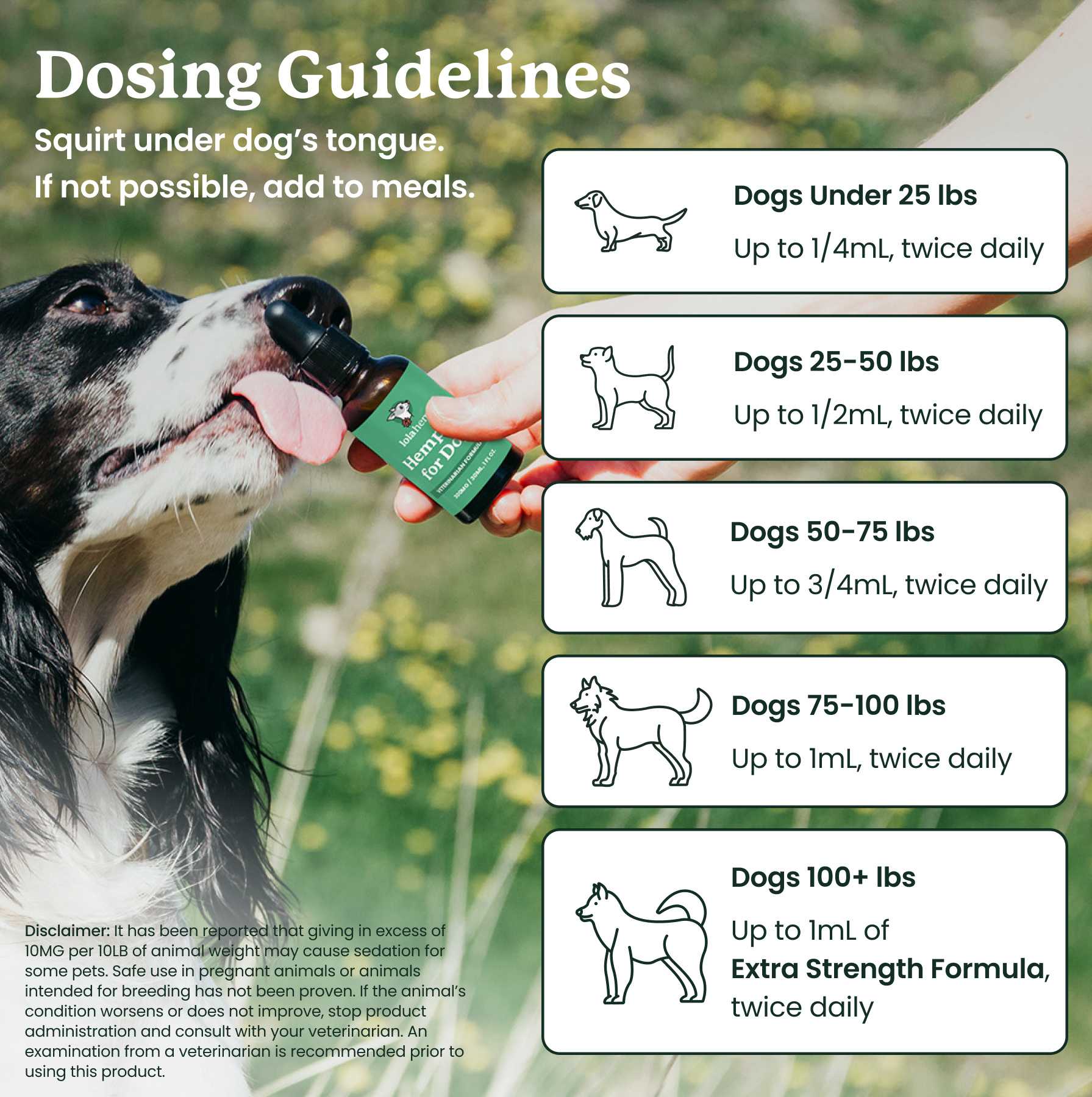You must know the poisons that might cause dog seizures as a pet owner. Awareness of which substances can potentially cause seizures is part of ensuring the safety of your dogs. The same goes for options that could potentially relieve seizures if your dog starts having them.
This blog post will delve into the question, “What toxins can cause seizures in dogs” and offer a simple guide on identifying and responding appropriately if your pup experiences a seizure.

Typical Home Toxins That Could Trigger Seizures in Dogs
Dogs are curious creatures and love to explore their surroundings. However, this behavior can sometimes result in them coming into contact with substances that can harm their well-being at home.
1. Medications: Highly Toxic in Most Cases
The bedroom is one of the most hazardous rooms in the house for dogs when it comes to accidental poisoning. This observation is because they can access drugs on nightstands and counters in kitchens and bathrooms. Human medications are a common cause of dog poisoning.
Some of the most common medications that can be toxic to dogs include:
- Non-steroidal Anti-Inflammatory Drugs (NSAIDs)
- Acetaminophen/Tylenol
- ADHD medications
- Blood pressure medications
- Sleep medications.
NSAIDs, such as ibuprofen and naproxen, can cause gastrointestinal irritation, renal damage, clotting problems, liver disease, and reactions with other drugs in dogs. When it comes to acetaminophen poisoning in dogs, it can cause injury to the liver and liver failure in high dosages.
Medications used for attention-deficit disorder and hyperactivity often contain amphetamine, a potent stimulant that can lead to symptoms such as restlessness, increased heart rate, increased blood pressure, tremors, and seizures in dogs.
2. Cleaning Products: Can be Highly Toxic to Dogs
Cleaning products can harm dogs if they lick, inhale, ingest, or come into contact with them. Harmful substances commonly found in cleaning products include ammonia, bleach, chlorine, formaldehyde, and isopropyl alcohol. Ingestion, inhalation, or contact with the skin can result in symptoms such as vomiting, diarrhea, abdominal pain, difficulty breathing, tremors, and seizures.
If your dog is exposed to a cleaning product, it's important to determine how they were exposed, which product was involved, and how much they were exposed to. Contacting your veterinarian or a pet poison helpline can guide you on the best steps.
Many foods and medications can be hazardous to dogs. These include chocolate, caffeine, alcohol, and certain human medications.
3. Common Household Foods
-
Chocolate contains substances known as methylxanthines which dogs are far more sensitive to than people. Different types of chocolate contain varying amounts of methylxanthines.
The darker and more bitter the chocolate, the more dangerous it is to dogs. Ingesting even a small amount of chocolate can cause vomiting, diarrhea, increased thirst, restlessness, and an elevated heart rate in dogs. In severe cases, chocolate ingestion can cause muscle tremors, seizures, and even death.
-
Caffeine is a stimulant that can be toxic to dogs if ingested. Dogs process caffeine slowly, which allows this toxic compound to build up in their systems and cause clinical signs associated with caffeine toxicity.
Ingesting 14 milligrams of caffeine per pound of body weight can cause dogs to show restlessness and agitation. However, higher doses (23 to 27 milligrams per pound of body weight) may result in heart-related issues and seizures.
-
Alcohol is toxic to dogs and can lead to severe health problems if consumed. Even small amounts of alcohol can induce vomiting, diarrhea, breathing difficulties, unconsciousness, and potentially fatal outcomes for dogs.
Signs indicating alcohol intoxication in dogs may include vomiting, confusion, elevated body temperature, restlessness, excessive panting, muscle tremors, and seizures. Dogs should never be given alcohol or have access to alcoholic beverages.
It is crucial to keep these dangerous foods out of reach from dogs to prevent accidental poisoning. If you think your dog may have consumed something harmful, it's important to seek veterinary care immediately.
Remember that taking preventive measures is crucial for ensuring the safety and well-being of our beloved pets. If you're unable to diagnose the cause of seizures in your dog, consider that their dog food could be the culprit; some dog foods have been known to cause seizures.
Conclusion
Being aware of the items that can trigger seizures in dogs is a great step in safeguarding your pet's health. The best thing to do is research any item that you leave out in your home, find out if it's toxic, and take measures to keep it away from your dog if it is.
Talk with your veterinarian about seizures, preventative measures, and treatments if you're concerned about household toxins triggering seizures in your dog.
FREQUENTLY ASKED QUESTIONS ABOUT HOUSEHOLD TOXINS AND SEIZURES IN DOGS
What household items most commonly cause seizures in dogs?
Common triggers include human medications, cleaning products, chocolate, caffeine, and alcohol. These substances can lead to neurological toxicity resulting in seizures.
How quickly do symptoms appear after toxin exposure?
Symptoms may appear within minutes to a few hours depending on the toxin, the amount ingested, and the dog’s size and health.
Is a single exposure enough to cause a seizure?
Yes. Even a single ingestion of a highly toxic substance like chocolate, amphetamines, alcohol, or household cleaners can trigger seizures.
What should I do if I suspect my dog ingested a toxin?
Immediately contact your veterinarian or a pet poison helpline. Quick action greatly improves outcomes.
Can dogs recover fully from toxin-induced seizures?
Many dogs recover fully with prompt treatment, but outcomes depend on the toxin, how much was ingested, and how quickly veterinary care is provided.









